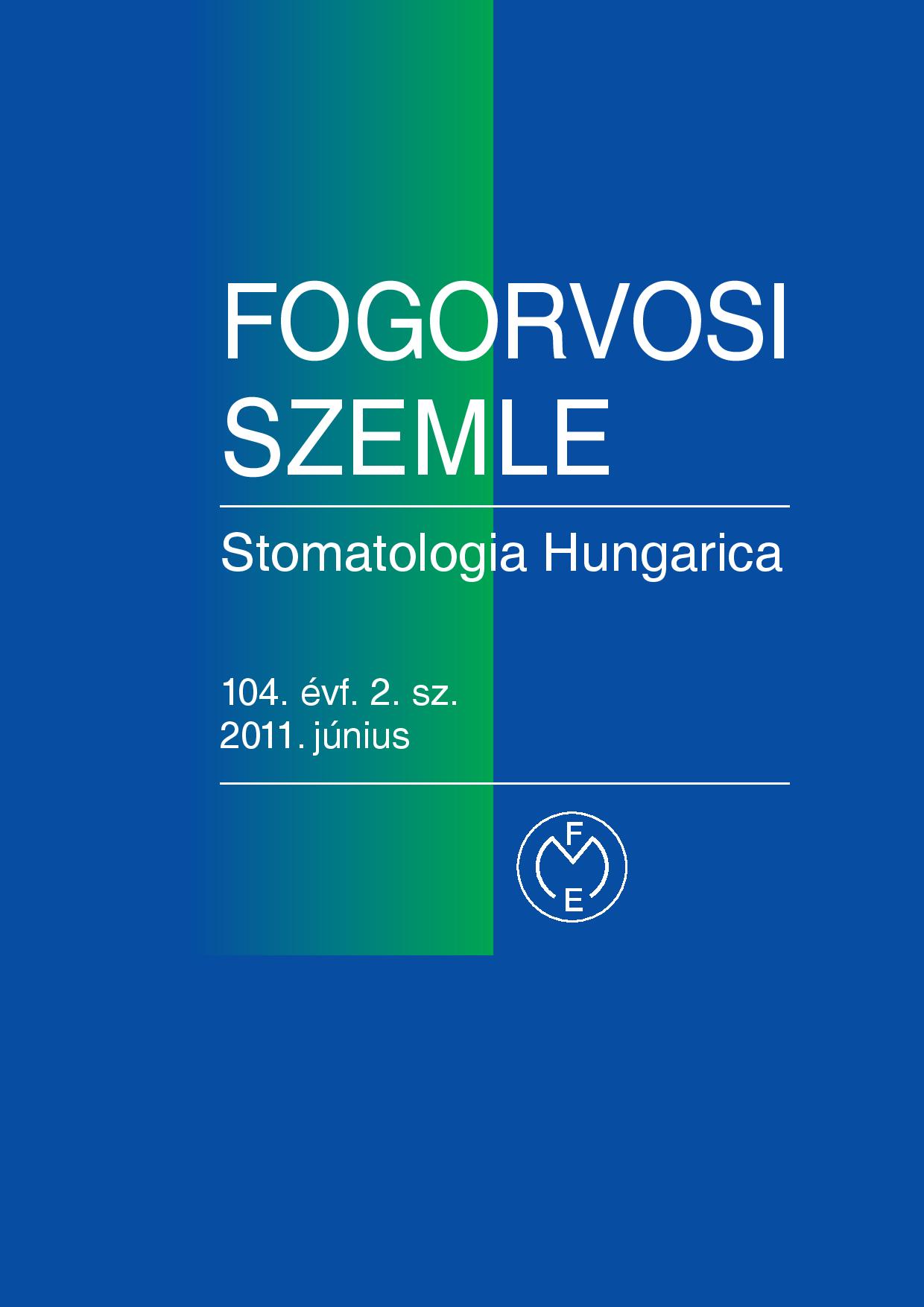Possibilities of Clinical Testing of Osseointegration in Oral Implants
Abstract
The osseointegration of oral implants is of utmost importance as far as the success of implant prosthetics is concerned. In clinical practice osseointegration can only be tested indirectly. The loading of implants is usually linked to osseointegration as a condition. Under some circumstances implants can be loaded before osseointegration is completed. The present study reviews the various methods of testing osseointegration and the conditions of immediate loading. In the present study the changes in the stability of 59 implants restored with screw-retained superstructures and partly immediately loaded, were observed over a period of several years, with the help of the Periotest method. Based on the statistical evaluation of the results, a significant correlation was found between implant insertion torque and primary stability.
A difference was found between the stability of implants in the upper and lower jaws. A typical curve in the temporal changes of implant stability was described.
Copyright (c) 2021 Authors

This work is licensed under a Creative Commons Attribution 4.0 International License.


.png)




1.png)



